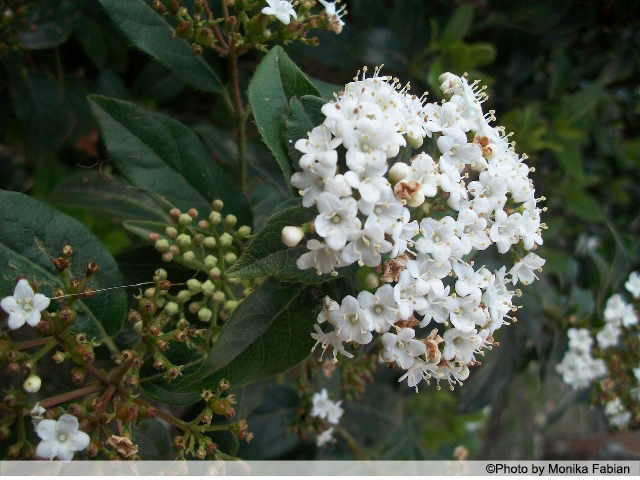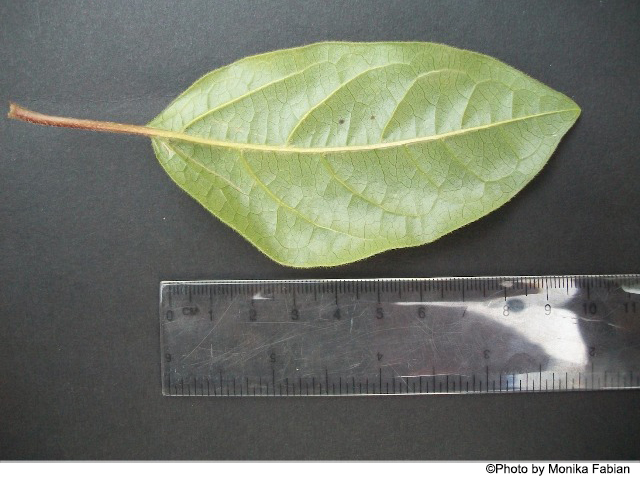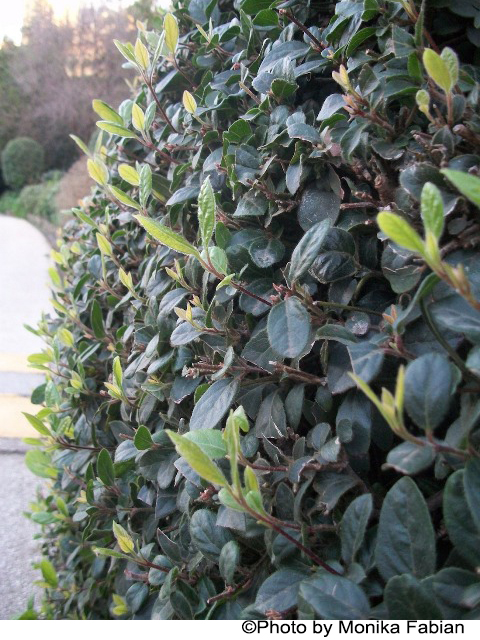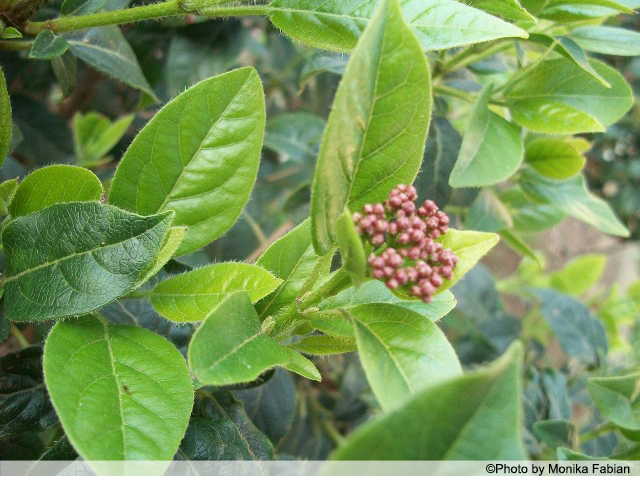Viburnum tinus (Laurestinus Viburnum)
This Mediterranean native plant widely planted in Lebanon. Laurustinus is a large evergreen shrub with leathery dark green leaves which are attractive year-round. Stems are strong, keeping the plant upright, even when in flower It has very decorative white clusters of fragrant flowers over a long period in late winter through spring followed by fruits than turn blue-black. The flowers attract butterflies, the berries source of food for birds. Laurustinus grows best in full sun to part shade. It also enjoys moist, organic soil and can tolerate moderate drought and salt when it’s established. This plant can be trained into a small tree or used in a shrub border, in a foundation planting, or as a screen or hedge.
- Landscape Information
- Botanical Description
- Horticulture Management
-
French Name: Laurier-tin, Viorne tin
Pronunciation: vye-BER-num TYE-nus
-
Plant type: Shrub
-
Origin: Mediterranean
-
Heat Zones: 6 to 10
Hardiness Zones: 7 to 10
-
Uses: Hedge, Specimen, Mass Planting, Container, Edible, Wildlife
-
Size/Shape
Growth Rate: Slow
Tree Shape: oval
Canopy Symmetry: Symmetrical
Canopy Density: Dense
Canopy Texture: Medium
Height at Maturity: 1.5 to 3 m
Spread at Maturity: 1.5 to 3 meters
Time to Ultimate Height: 5 to 10 Years
-
Foliage
Leaf Arrangement : Opposite
Leaf Venation: Pinnate
Leaf Persistance: Evergreen
Leaf Type: Simple
Leaf Blade: 5 - 10 cm
Leaf Margins: Entire
Leaf Texture: Rough
Leaf Scent: Unpleasant
Color(growing season): Green
Color(changing season): Green
-
Flower
Flower Size Range: 7 - 10
Flower Type: Umbel
Flower Sexuality: Monoecious (Bisexual)
Flower Scent: Pleasant (Sweet)
Flower Color: White
Seasons: Spring
-
Trunk
Trunk Susceptibility to Breakage: Generally resists breakage
Number of Trunks: Can be trained to one trunk
Trunk esthetic Values: Not Showy
-
Fruit
Fruit Type: Drupe
Fruit Showiness: Yes
Fruit Size Range: 0 - 1.5
Fruit Color: Blue
Seasons: Spring
-
Tolerance
Frost Tolerant: Yes
Salt Tolerance: Poor
-
Requirements
Soil Requirements: Clay, Loam, Sand
Soil Ph Requirements: Neutral
Water Requirements: Moderate
Light Requirements: Full, Part
-
Management
Toxicity: No
Susceptibility to Pests and Diseases: No
Pruning Requirements: Needed, to develop a strong structure
Fruit/ Leaves/ Flowers litter: Yes
Life Span: 25-50 years
Edible Parts: Fruit
Pests: Mites, Nematodes, Thrips, Aphids
Plant Propagation: Seed, Cutting





